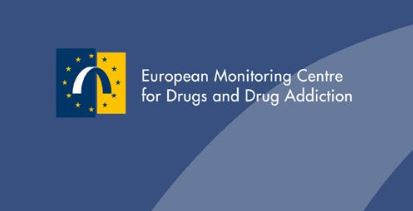What is wastewater-based epidemiology (wastewater-based epidemiology) and how does it contribute to our understanding of the drug situation?
Wastewater analysis is a rapidly developing scientific discipline with potential for monitoring real-time data on geographical and temporal trends in illicit drug use. Originally used in the 1990s to monitor the environmental impact of liquid household waste, the method has since been used to estimate illicit drug consumption in various cities. It involves sampling a source of wastewater, such as a sewage influent to a wastewater treatment plant. This allows scientists to measure the levels of illicit drugs and their metabolites excreted in urine, which can then be used to estimate the quantity of drugs consumed by a community. This provides a non-invasive, near-real-time analysis of drug use within the area served by the sewer network.
Wastewater-based epidemiology consists of several steps. First, representative composite samples of raw wastewater are collected. Second, the wastewater is analysed for selected substances and the amounts measured. Third, the concentrations of the measured target residues are multiplied by the daily flow rates of sewage to obtain the daily sewer loads of the target residues. Fourth, the total daily consumption of a drug is estimated by applying a specific correction factor to the daily sewer loads. The correction factor considers the average excretion rate of a given drug residue and the molecular mass ratio of the parent drug to its metabolite. Finally, daily values are divided by the number of people served by the treatment plant to obtain a per capita value to facilitate comparison among cities. This value can then be expressed in daily amounts (or daily doses) per thousand population.
More info on website source: http://www.emcdda.europa.eu/publications


